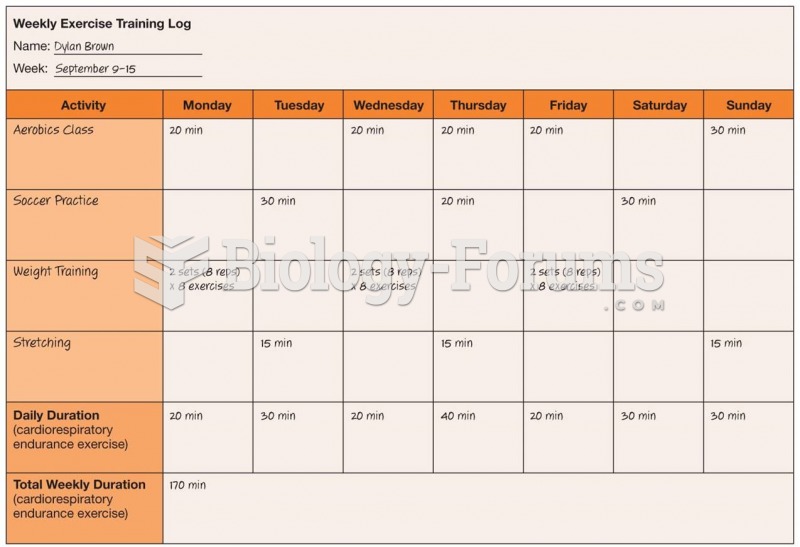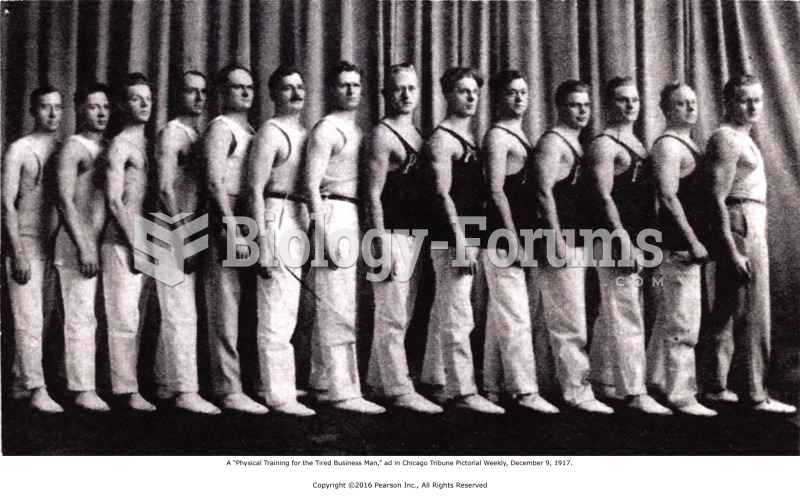Answer to Question 1 As a four-year old child she was discovered to be naturally talented by a
veena virtuoso (Karaikudi Sambasiva Iyer) who took her into his home as his pupil in the traditional musical apprenticeship (
gurukula system). She did not have a normal childhood, but practiced daily under her master and was subjected to years of rigorous training. (She called it devil's practice.) By age twelve she was accompanying her guru on the concert stage and giving solo recitals as well. She is admired as a musician's musician and considered one of the great
veena virtuosi of her time.
Study the illustration of Ms. Ranganayaki playing her
veena, Fig. 6-10,
WOM, p.202.
Answer to Question 2
- A Carnatic music concert is built on a series of segments (a string of compositions).
- Each composition is in a specific raga and tala, and is usually based on a song from the known repertory of Carnatic music.
- Many of these song-based compositions will be optionally extended by improvisation forms preceding, within, or following the song.
- After the usual opening etude (varnam), a string of contrasting kritisthe principal song form of South Indian classical musicbuilds to the climax or main item of the concert featuring the most extensive improvisations and a drum solo.
- The end of the concert has a more relaxed atmosphere with lighter selections (e.g., devotional music, religious verses, or songs from the classical dance tradition).
- CD 2:3, Sarasiruha (based on a song addressed to Saraswati, the goddess of music and learning) is an example of a kriti in Natai raga, adi tala.







